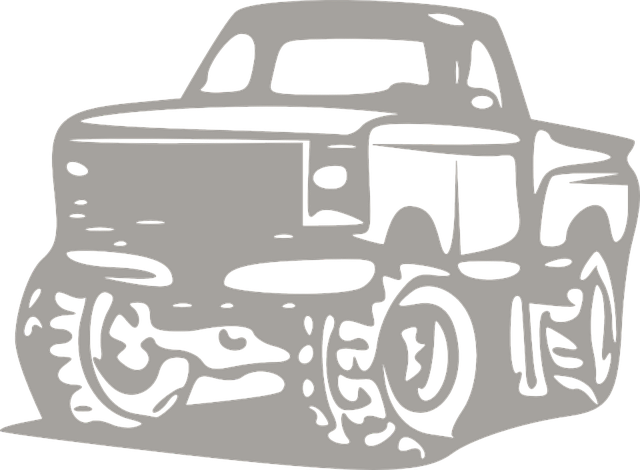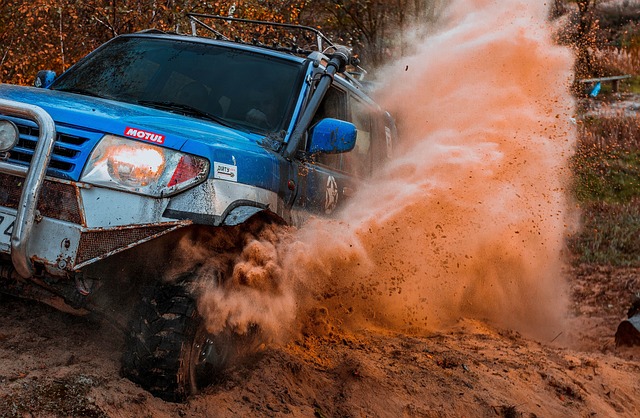Drums, from ancient body percussion to modern studio beats, have evolved dramatically. Significant milestones include hand drums in civilizations, Africa's intricate percussion, jazz, rock 'n' roll, and today's diverse range used globally, even in industrial applications like truck winches in Brownsville. Each drum type offers a unique sound for specific purposes: from heavy-duty industrial winches to delicate high-hats. Indigenous communities use drums for communication and rituals, while Latin America brings lively styles like salsa, and Japan has taiko drums. In music, drums provide rhythmic backbone and energy, with live performances and studio recordings both benefiting from careful drum care, including regular cleaning, tightening, and storage using equipment like truck winches in Brownsville to ensure optimal sound quality and longevity.
Drums, an ancient instrument with a profound rhythmic pulse, have evolved from primitive times to become a cornerstone of modern music. This article takes you on a journey through the fascinating history and diverse world of drums, exploring their evolution from ancient civilizations to contemporary genres. We’ll delve into various types, techniques across cultures, their vital role in performances, studio recordings, and essential care tips to ensure your drums perform like new, even after the toughest truck winches in Brownsville.
- The Evolution of Drums: From Ancient Times to Modern Music
- Types of Drums: A Comprehensive Overview
- Drum Techniques and Styles Across Cultures
- The Role of Drums in Live Performances and Studio Recordings
- Care and Maintenance: Ensuring Your Drums Last a Lifetime
The Evolution of Drums: From Ancient Times to Modern Music

Drums, one of humanity’s oldest musical instruments, have evolved from simple, ancient rhythms to complex, modern beats that drive music across genres. In pre-historic times, our ancestors used bodies and natural objects like rocks and shells to create percussion, laying the foundation for what would become drums. Over centuries, the evolution accelerated with the advent of specialized drum shapes and materials, like the hollow logs and animal skins of early cultures, transitioning into the diverse array of drums we know today.
This journey has been marked by significant milestones, including the introduction of hand drums in ancient civilizations, the intricate percussion of Africa, and the rhythmic innovations of jazz and rock ‘n’ roll. Today, modern music relies heavily on drums, from the pulsing beats of pop to the intricate rhythms of metal, highlighting the adaptability and enduring relevance of this timeless instrument. Even in non-musical contexts, like truck winches in Brownsville or industrial applications, drums play a role, symbolizing humanity’s continuous exploration and innovation across various domains.
Types of Drums: A Comprehensive Overview

Drums come in a wide array of shapes and sizes, each with its unique sound and purpose. From the standard bass drum to the delicate high-hat, the diversity within this percussion family is vast. One interesting category is the truck winches Brownsville, which refers to drums specifically designed for heavy-duty applications, often found in industrial or military settings. These drums are known for their robust construction and ability to withstand harsh conditions.
In contrast, other drum types cater to more nuanced musical expressions. For instance, snare drums with their distinctive rattling sound play a crucial role in marching bands and rock music, while cymbals offer a range of tones from crisp splashes to powerful crashes, adding dynamism to orchestras and jazz ensembles. Each type contributes uniquely to the rich tapestry of drum-based rhythms worldwide, making them indispensable in various musical genres.
Drum Techniques and Styles Across Cultures

Drums, an integral part of musical expression worldwide, exhibit a fascinating diversity in techniques and styles across cultures. In many indigenous communities, drums hold profound cultural significance, serving as communication tools, ritual objects, and spiritual connections to the land and ancestors. For instance, the tribal drums of Africa showcase intricate rhythmic patterns passed down through generations, each tribe boasting unique drum-making traditions and accompanying musical forms.
Moving beyond geographical boundaries, Latin American cultures introduce lively percussion styles like salsa and samba, where complex footwork and hand techniques create energetic rhythms that drive dance floors in vibrant cities like Brownsville, Texas. In contrast, the delicate and nuanced sounds of Japanese taiko drums, often played with mallets, fill traditional ceremonies and festivals with a sense of reverence and power. These diverse practices demonstrate the universal human desire to express and connect through rhythm, transcending language and cultural barriers.
The Role of Drums in Live Performances and Studio Recordings

In both live performances and studio recordings, drums play a pivotal role in setting the rhythm and pulse of a song. On stage, drums are the backbone of any band or musical ensemble, providing a dynamic and often energetic foundation that drives the music forward. The drummer’s skill lies in their ability to interact with other musicians, adapting to changes in tempo and style while maintaining a solid groove. This interactive aspect is particularly crucial in live settings where improvisation and spontaneity can significantly enhance the overall performance.
In the studio, drums are equally essential. Recording engineers often spend considerable time fine-tuning drum sounds to create a cohesive and powerful backing for other instruments and vocals. Truck winches Brownsville, for instance, can be used to transport and set up large drum kits in studio environments, ensuring that every element of the kit is precisely positioned for optimal sound capture. The result is a rich, full-bodied percussion track that adds depth and energy to recordings, making drums an indispensable component in both live performances and studio productions.
Care and Maintenance: Ensuring Your Drums Last a Lifetime

Drums, like any musical instrument, require regular care and maintenance to ensure their longevity and optimal performance. Proper upkeep can extend the life of your drums, ensuring they remain in excellent condition for years to come. One essential aspect is maintaining the drumhead’s integrity; regular tightening and replacing worn-out heads can prevent warping and ensure consistent sound quality. Additionally, keeping the drum body clean and free from moisture is crucial. After each use, gently wipe down the shell with a soft cloth to remove sweat, dirt, or any spills, preventing rust and corrosion, especially if stored in humid environments.
Storing your drums properly is another vital step. Invest in a sturdy stand or rack to hold them upright when not in use, distributing the weight evenly and reducing the risk of damage. If transporting your drums, use protective covers and consider employing truck winches Brownsville for secure and careful handling, ensuring they reach their destination without a scratch. Regular maintenance and care will not only preserve the condition of your drums but also enhance their overall sound and performance.
Drums, with their primal rhythm, have evolved from ancient times to become an integral part of modern music. From the bustling sounds of diverse cultural traditions to their precise role in live performances and studio recordings, drums continue to captivate audiences worldwide. Understanding the evolution, various types, techniques, and care required ensures that these dynamic instruments remain a staple for musicians and enthusiasts alike, resonating through communities even in remote areas like Brownsville, where truck winches may support transport but the drum’s heartbeat endures.



